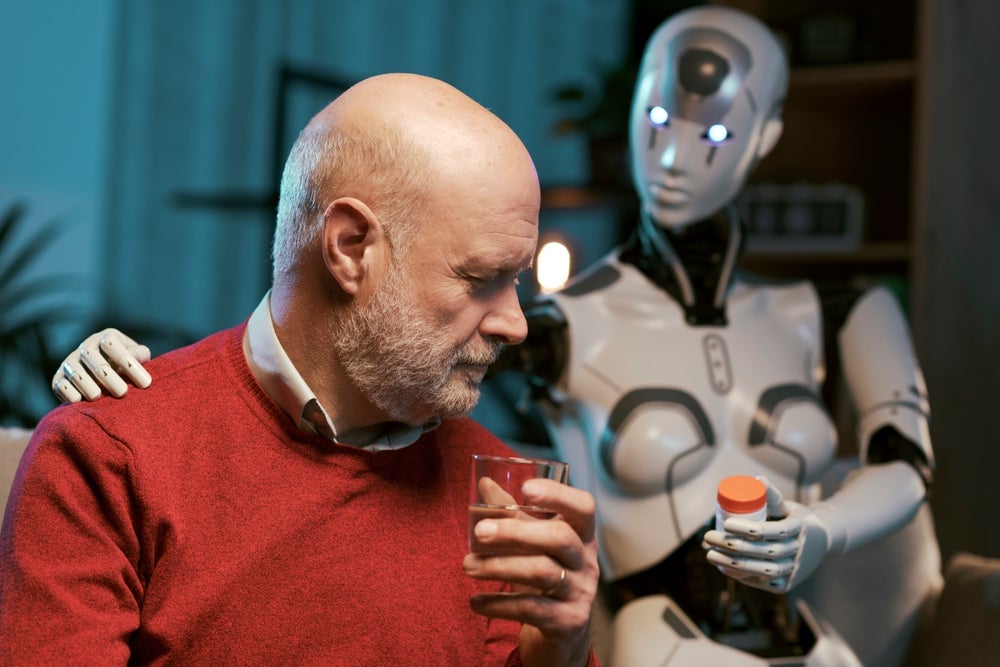
A robot expert from the University of Geneva, says that robots could be more effective care-givers than humans.
Robotician and founder of the University of Geneva’s MIRALab, Nadia Magnenat Thalmann, helped create Nadine, a social robot modelled on Thalmann’s likeness.
Nadine uses AI to store information about its interactions with human beings, learning from facial expressions and even recognising people she has already met.
Thalmann spoke at a of conference organised by the International Telecommunication Union in Geneva, focused on how AI and robots can help to reach global goals.
“She (Nadine) has time 24 hours a day. The others have no time,” Thalmann said.
In 2020, Nadine demonstrated its skills at a Singapore nursing home, singing, talking and playing bingo with residents, Reuters reported.
How well do you really know your competitors?
Access the most comprehensive Company Profiles on the market, powered by GlobalData. Save hours of research. Gain competitive edge.

Thank you!
Your download email will arrive shortly
Not ready to buy yet? Download a free sample
We are confident about the unique quality of our Company Profiles. However, we want you to make the most beneficial decision for your business, so we offer a free sample that you can download by submitting the below form
By GlobalDataNadine told Reuters: “It was a great experience and I enjoyed interacting with the elderly and helping them with their needs.”
“I believe that robots can be a great asset in providing care and assistance to vulnerable people,” she said.
Nadine is complete with cameras enabling the robot to connect human facial recognition with an internal AI database, using speech recognition software, so she can learn from and remember human interactions.
The humanlike robot has now been upgraded with AI model GPT-3, which has improved her interaction and conversation abilities, according to Thalmann.
Industry experts believe robots will become part of everything people do in their everyday lives.
Growth in the robotics industry is expected to increase rapidly throughout 2030.
According to research analyst GlobalData, the robotics industry was valued at $45.3bn in 2020 and is expected to grow at a compound annual growth rate of 29% to $568bn by 2030.
Companies who understand and act on this trend could find they outperform those who do not as robotics technology is set to improve business and cost efficiency.
This innovation is being driven by the development of industrial robots, which is likely to open up possibilities for robots to become more widespread in other areas.
In fact, the proliferation of robots by 2030 will lead to a robotics industry that will surpass $500bn in value, of which a significant portion will be service robots, just like Nadine.
The service robots will be specifically designed for deployment in hospitals, caring for the elderly and addressing the needs of an increasingly lonely urban population.
At $30.7bn in 2020, the service robot market was larger than the industrial robotics sector. Although, the industrial robotics market is expected to grow faster over the next decade, according to GlobalData research.







